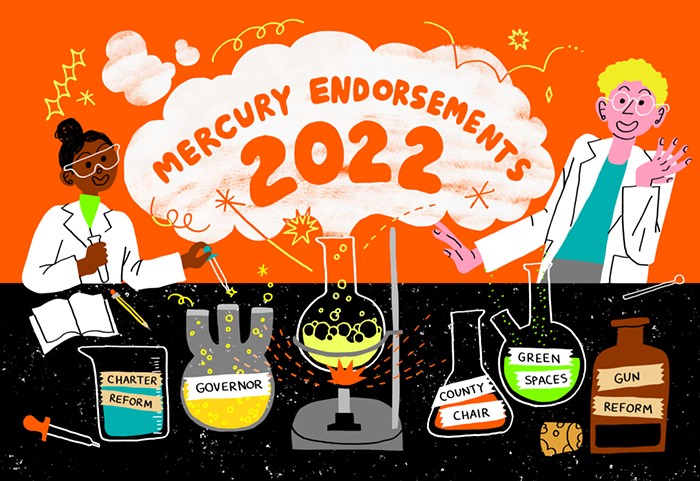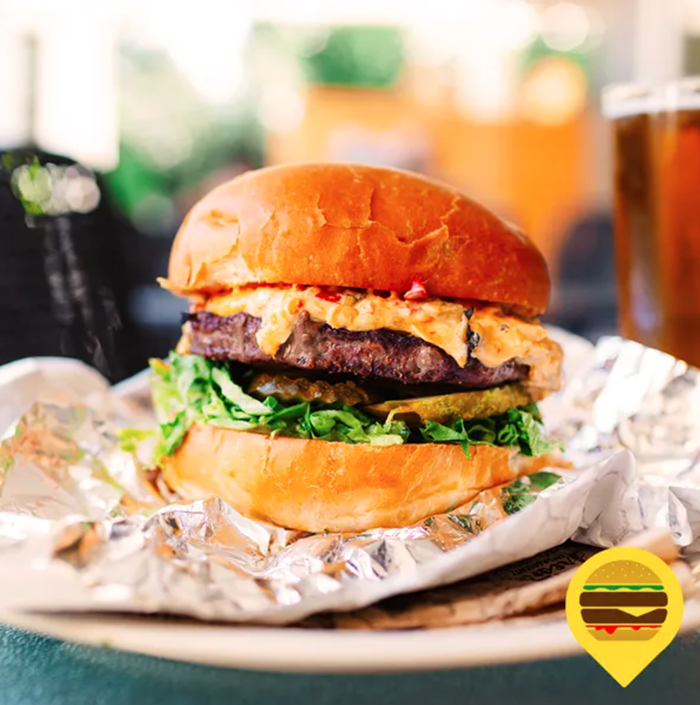THE HOLIDAYS are coming, which means it will soon be time to don your turtleneck sweater, sit with your father or other esteemed patriarchal figure over a tumbler of strong brown liquor, and then maturely, thoughtfully—after periods of carefully marshaled silence and reflection that show your seriousness as a person—ask to borrow money. Or explain why you aren't married yet. Or just generally convince him that whatever you're doing, you're building your skill set, strengthening your CV, and "in a good place." And that you deserve more of that top-shelf whiskey.
Persuading your beleaguered father (all fathers are beleaguered, no matter how freshly leased their Cadillac, or how thick their silver hair) to reach into his sacred liquor cabinet with a more magnanimous hand will require some display of smarts and appreciation. In consultation with dedicated spirits expert and obstreperous local barkeep Nick Keane, we put together a crib sheet that will have you speaking knowledgeably about the posh quaff in your glass through at least round three, at which point everybody's usually tossed the cork, lost the plot, and begun revealing the fear-based side of their personal politics anyway.
___________________________________________________________
How to Taste Whiskey
by Nick Keane (softened by the editor)
Before we start, there are a few items that will help you taste and judge whiskey in a manner that allows you to be consistent (or at least not look like a tool). Scotch is a slightly more complicated beast, with particular qualities beyond these basics, so this shouldn't be treated like the final word on that branch of the whiskey tree.
First, no swirling! That whiskey isn't a pinot. Swirling spirits like wine will only release alcohol vapors in excess, which will overwhelm the subtler notes you're looking for. Remember: spirits are 40%+ alcohol, while wine is 12-16%, and much less volatile.
Second—just like with wine, but even more important when spirits tasting—is that if you're going to be tasting multiple spirits in one sitting, it's not only a good idea to spit, but it's more or less required if you want to have a clear head and palate. Now, if you're just tasting a few, I am not going to tell you not to imbibe! Hell, I might (read: definitely will) judge you if you spit out really good product. If you just want to taste whiskey, go kiss a novelist and leave the good stuff to dad.
When first putting a spirit to your nose, inhale slowly while leaving your mouth slightly open so that the vapors and air enter through both your nose and mouth. This brings all your senses into play. Then, take a small sip, and swallow without really attempting to discern anything. This has the purpose of acclimating yourself to the alcohol level. Now, take another small sip. With your mouth closed, let the spirit slowly wash and "fall" off the sides of the tongue. Please, no "slurping" like in wine tasting—all you'll do is obliterate your olfactory glands and not have a very good time! After swallowing, inhale slowly through your mouth and let some of the air work back up into your nose. Now let the flavor and aroma linger and change.
_________________________________________________________________________________________
What You're Tasting
Heat—The sensation of burn or harshness on first taste. The perceived "hotness" of a spirit is almost completely a function of its ABV (alcohol by volume). Other factors that can affect this are residual sugar content, barrel aging, and distillate purity. To discern if it's just from being "overproof" (a term used for spirits that are generally over 50% alcohol, or are bottled at the strength at which they exit the barrel or still), add a small amount of quality water to high-proof spirits to see if it calms the burn. If it still has a harshness on the entry after adding water, it's probably just poorly distilled.
Tannin—Tannin is by and large a byproduct of barrel aging. Some exceptions occur in spirits and liqueurs made from ingredients that are naturally tannic, such as walnuts (nocino). This isn't to say that the slightly bitter and biting tannin isn't a desirable flavor. Tannin levels should never overpower other flavors or aromas. It should first be tasted midway through the flavor progression, then become very faint to nonexistent in the aftertaste. If it lingers too long or too strongly, the spirit is probably over-aged. Yes, being too old can sometimes be a bad thing. (Look what plummeting testosterone has done to your dad's taste in footwear).
Caramel/sweetness—This is the complementary flavor to tannin. It, too, is by and large a function of barrel aging. When the alcohol moves in and out of the wood of the barrel, it is both extracting (remember, alcohol is a solvent) the bitter tannic compounds in the wood as well as the wood sugars. In spirits such as bourbon and whiskey, the range of sugar notes can range from light honey to deep butterscotch. Time in the barrel and the amount of char (the inside of barrels are burnt to varying degrees, to both facilitate the movement of the spirit into the wood and to impart a darker, more cooked/burnt note to the finished spirit) are the major contributing factors here.
Astringency—This can best be described as a slightly numbing and cooling sensation on the edges of the tongue, as well as the cheeks and gums. Mellow astringency, accompanied by a long smooth aftertaste, is regarded as a hallmark of a quality spirit. There should be no odd acetone/hairspray flavors here—just long and low notes that you noticed initially, but now integrate into a cohesive taste. The aftertaste of a great spirit is something special, the end result of incalculable hours of craft—hundreds of years of knowledge—and it would be a shame to let it pass unappreciated, like a dog lapping up Châteauneuf-du-Pape only to pee off the deck and call it a night.













